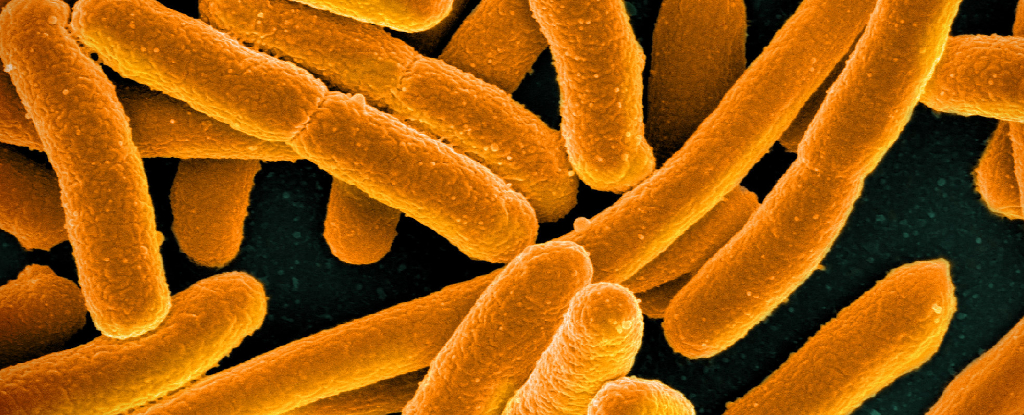If you played the video game The last of us, or you’ve watched any recent TV adaptations, you’ll be familiar with the idea of a mutated fungus infecting most of humanity – and there’s now some science to match that sci-fi.
We’re not quite on the brink of a social apocalypse like the one in The last of usresearchers have shown how pathogenic fungi might evolve in a warming climate to better withstand the heat in our bodies.
Considering that it is this heat that protects us the most from these threats, it means that these pathogens could become a greater threat in terms of disease as they adapt to a planet that is is getting hotter.
“These are not infectious diseases in the transmissible sense, we do not transfer fungi to each other,” says molecular geneticist and microbiologist Asiya Gusa from Duke University School of Medicine in North Carolina.
“We breathe in fungal spores all the time, and our immune systems are primed to fight them.”
The team studied in detail a pathogenic fungus called Cryptococcus deneoformans, bring it under laboratory conditions and raise its temperature from 30 °C (86 °F) to 37 °C (98.6 °F). These heat stresses significantly altered the genetic landscape of the fungi.
In particular, there was more movement in the ‘jumping genes’, those transposable elements within DNA that can change position in the genome – in fact five times as much movement at the higher temperature. Although these transposable elements don’t directly make proteins, they can affect how other genes work.
In particular, three jumping genes were tracked: T1, Tcn12 and Cnl1. The shifts they made within genes and the genome suggested they could change the way genes were encoded and potentially introduce drug resistance. It’s still not entirely clear what the end result of this increased activity might be.
Further tests were performed on mice, in which the activity of the transposable elements was even more pronounced. The researchers believe that actually being inside an animal, with its immune response and other processes, could enhance movement.
“We saw evidence within just 10 days of mouse infection that all 3 transposable elements in the fungal genome were mobilized,” says Gusa.
“These mobile elements likely contribute to adaptation in the environment and during infection. This could happen even faster because heat stress accelerates the number of mutations that occur.”
It’s not yet time to build an underground bunker: this research is still in its infancy and doesn’t involve humans. Also, fungal spores are generally larger than viruseshence precautions such as face masks are more effective against them.
What the research shows is that increased heat drives faster genetic changes C. deneoformans. The finding is that dangerous fungi could develop faster than we thought as temperatures soar higher around the globe.
The next stage is to study pathogens from people who have had a yeast infection relapse. infections like this already kill Hundreds of thousands of people a year, but right now only the seriously immunocompromised are at risk. That could change one day, and Gusa acknowledges the similar theme The last of us.
“That’s exactly what I mean – minus the zombie part!” says Gusa. “Fungal diseases are on the rise, primarily due to the rising number of people with compromised immune systems or underlying health conditions.”
The research was published in PNAS.





